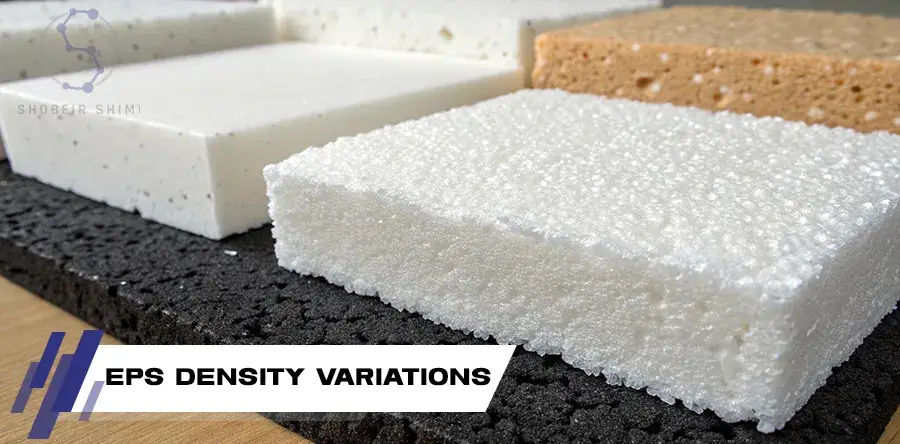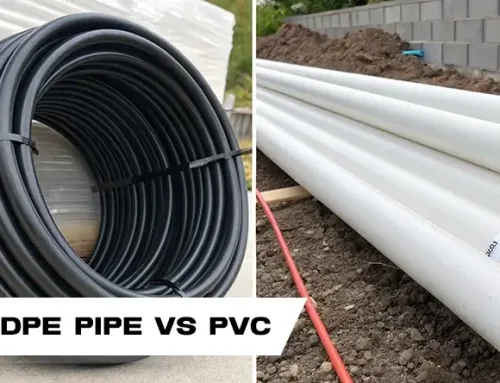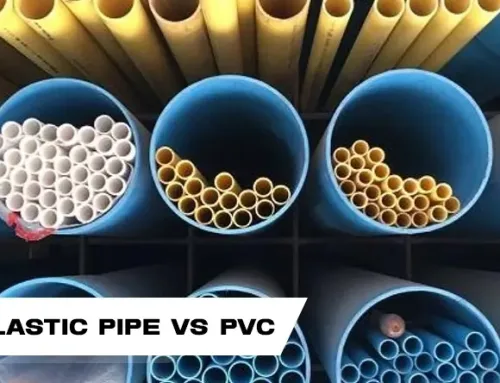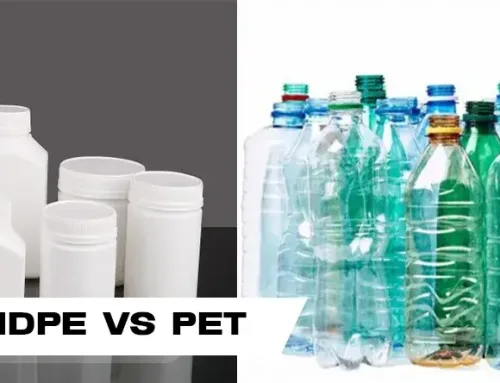Expanded polystyrene density variations are a critical factor in determining how EPS performs across industries like construction, packaging, and design. Expanded Polystyrene (EPS) is a lightweight, closed-cell foam material known for its affordability, thermal insulation, and shock-absorption capabilities. From insulating walls to protecting fragile electronics during shipping, EPS offers incredible versatility.
Understanding Expanded polystyrene density variations is essential when choosing the right type of EPS for a specific application. The material’s density directly impacts properties such as compressive strength, thermal resistance, and long-term durability. Selecting the correct density ensures both efficiency and safety while also helping businesses meet technical specifications and reduce material waste.
Understanding EPS Density
Expanded polystyrene density variations play a fundamental role in determining how EPS behaves in real-world applications. EPS density is typically expressed in kilograms per cubic meter (kg/m³) or pounds per cubic foot (lbs/ft³), indicating the mass of foam per unit of volume. As EPS becomes denser, more material is concentrated in the same space, which increases its mechanical robustness and enhances its insulation capabilities.

Several factors influence Expanded polystyrene density variations during the manufacturing process. These include:
- Bead Size and Shape: The initial size and uniformity of the polystyrene beads significantly impact the final density. Smaller beads can be packed more closely together, yielding higher density and fewer voids between particles. Conversely, larger or irregular beads result in a more lightweight and less dense material.
- Molding Conditions: Molding parameters such as pressure, temperature, and steam duration also contribute to density variations. Higher molding pressure compresses the material more tightly, creating a denser structure. Improper molding can result in inconsistent density across a single EPS block.
- Chemical Additives: The inclusion of additives—such as flame retardants or stabilizers—can slightly alter the density. These additives are used not only to improve safety but also to fine-tune the physical performance of EPS for specific requirements.
- Standard EPS Density Range: The most common Expanded polystyrene density variations fall within the range of 11 to 32 kg/m³. Lower densities are preferred for lightweight packaging and cost efficiency, while higher densities are required for structural integrity in construction and engineering applications.
EPS Density Classifications and Their Properties
Expanded polystyrene density variations can be categorized into three main classes—low, medium, and high density—each offering specific benefits tailored to different applications. Understanding these classifications helps in selecting the optimal EPS type based on strength, flexibility, insulation, and cost-efficiency.

- Low-Density EPS (LD-EPS): It typically has Expanded polystyrene density variations ranging from 10 to 15 kg/m³, making it an exceptionally lightweight material ideal for non-load-bearing applications. Characterized by its softness, flexibility, and high thermal insulation efficiency, LD-EPS is easy to shape and cut. Common uses include packaging for lightweight and fragile items like glassware and electronics, as well as arts and crafts, and temporary insulation solutions. This type of EPS is often chosen for projects that prioritize low weight and ease of handling over mechanical strength.
- Medium-Density EPS (MD-EPS): It features Expanded polystyrene density variations ranging from 16 to 24 kg/m³, offering a strong balance between durability and insulation performance. It has moderate compressive strength, reliable thermal insulation, and durability under moderate stress, making it ideal for various construction and packaging applications. Common uses include wall and roof insulation in residential buildings, packaging for industrial goods, and construction requiring rigidity without high load-bearing. As the most versatile EPS category, MD-EPS effectively serves both protective and insulating functions.
- High-Density EPS (HD-EPS): It includes Expanded polystyrene density variations exceeding 25 kg/m³, designed for applications that require strength and resistance to external forces. It offers superior compressive strength, excellent durability, and low thermal conductivity. Common uses include load-bearing insulation under concrete slabs, structural sandwich panels, flotation devices, and heavy-duty protective packaging for machinery. Although more expensive, HD-EPS provides the reliability needed for demanding conditions where standard EPS may not suffice.
EPS Density Variations Formula
Expanded polystyrene density variations are not random—they follow a predictable relationship based on the raw material properties and manufacturing process. This understanding allows manufacturers to fine-tune EPS products for specific performance outcomes. EPS is produced by expanding polystyrene beads using steam. The level of expansion directly affects the final foam density:
- Higher expansion = Lower density
- Lower expansion = Higher density
Each bead contains a blowing agent, typically pentane, which evaporates when heated. The gas forms cells within the beads, increasing their volume by 40–50 times. The control of this expansion process is critical in determining the final EPS density.
Expanded polystyrene density variations Formula
While a universal “one-size-fits-all” formula doesn’t exist due to variations in equipment and conditions, a basic relationship is commonly used:
Density = Raw Material Mass / Final Volume of Expanded Beads
In practice, engineers use this simplified version to estimate and adjust EPS densities:
Final Density (kg/m³) ≈ Initial Bead Mass (kg) / Mold Volume (m³)
However, several factors influence this outcome:
- Steam duration and intensity
- Bead pre-expansion rate
- Moisture content
- Mold pressure
By comprehending the Expanded polystyrene density variations formula, manufacturers can:
- Achieve target physical properties like compressive strength or thermal conductivity
- Avoid under- or over-expansion, which leads to weak or inefficient foam
- Produce consistent and certified EPS blocks suitable for different applications
EPS Density Variations Chart
Expanded polystyrene density variations are best understood when represented visually in a chart. This comparison of different EPS types, their physical properties, and applications helps designers, engineers, and architects make informed material choices based on performance and budget. The table below summarizes key specifications across various EPS density types:
| EPS Type | Density Range (kg/m³) | Compressive Strength (psi) | Thermal Conductivity (BTU·in/hr·ft²·°F) | Typical Applications |
|---|---|---|---|---|
| Type I | 10-15 | 10-14 | 0.23–0.26 | Lightweight packaging, basic insulation |
| Type VIII | 15–20 | 13–18 | 0.22–0.24 | General insulation, protective packaging |
| Type II | 20–30 | 15–21 | 0.21–0.23 | Building insulation, structural support |
| Type IX | 30–40 | 25–33 | 0.20–0.23 | Load-bearing structures, flotation, marine use |
An Expanded polystyrene density variations chart helps match application needs with the right EPS specification. For example:
- Need for superior strength? Type IX with a higher density is ideal.
- Lightweight insulation for packaging? Type I is cost-effective and easy to work with.
- Balanced construction insulation? Type II provides both strength and thermal efficiency.
Understanding the Expanded polystyrene density variations chart allows engineers to:
- Anticipate thermal performance in building envelopes
- Optimize strength-to-weight ratio in packaging
- Improve long-term performance by matching EPS type to environmental demands
Applications and Selection Criteria Based on EPS Density
Expanded polystyrene density variations play a critical role in determining where and how EPS should be used. Choosing the correct EPS density is essential for achieving the desired balance of insulation, strength, cost, and durability.
Application Guidelines Based on Density
- Low-Density EPS (10–15 kg/m³): Ideal for lightweight packaging, art installations, and non-load-bearing insulation. Not suitable for structural purposes due to limited mechanical strength.
- Medium-Density EPS (16–24 kg/m³): Offers balanced insulation and compressive strength. Commonly used in residential wall insulation, ceiling panels, and medium-duty packaging.
- High-Density EPS (25–35+ kg/m³): Best for high-load structural applications, such as foundation walls, roadbeds, or heavy equipment packaging. Performs well under long-term pressure and demanding environmental conditions.

Understanding Expanded polystyrene density variations allows engineers, architects, and builders to:
- Minimize waste by avoiding over-engineering.
- Reduce cost without compromising safety or performance.
- Meet building codes and energy efficiency standards.
Conclusion
Expanded polystyrene density variations play a critical role in determining the appropriate application of EPS across diverse industries. From lightweight packaging to heavy-duty structural support, the density of EPS significantly influences its performance, cost-efficiency, and safety standards. This article has provided an in-depth look at how EPS density is defined and affected by factors such as bead size, molding conditions, and chemical additives. It also explored the primary density classifications—Low, Medium, and High-Density EPS—each offering distinct properties suited for specific uses.
Furthermore, we highlighted the value of utilizing tools like the Expanded polystyrene density variations formula and consulting an Expanded polystyrene density variations chart to make informed material choices. Selecting the right EPS density enhances not only the functionality and durability of a product but also ensures compliance with environmental and regulatory requirements. Ultimately, choosing the correct EPS is about more than meeting specifications—it’s about achieving long-term value, minimizing risk, and supporting sustainable design. Architects, engineers, builders, and designers alike can benefit from a comprehensive understanding of EPS density variations and should consult with specialized manufacturers to find tailored solutions for their unique project needs.







Leave A Comment